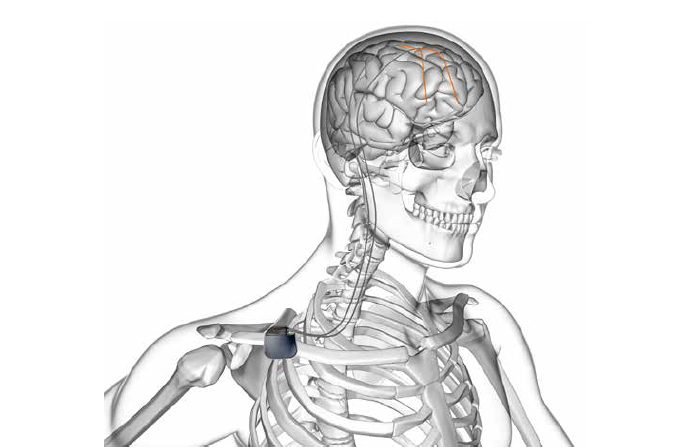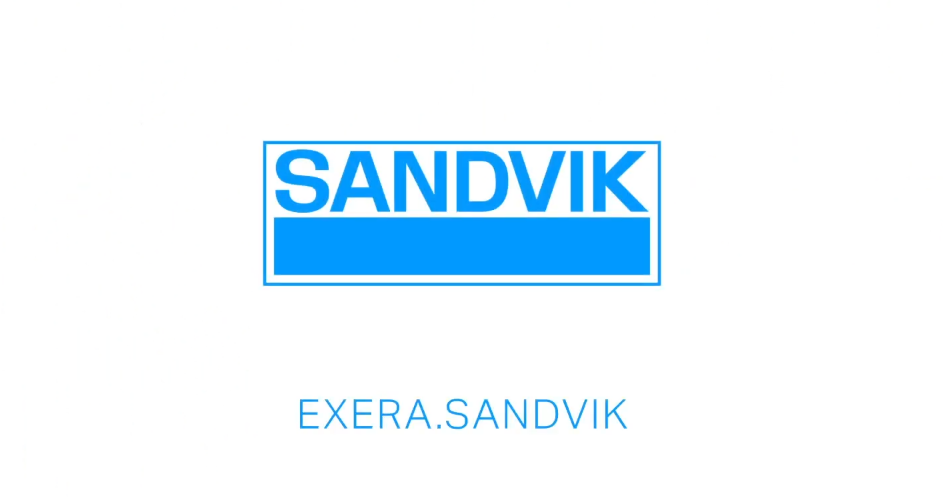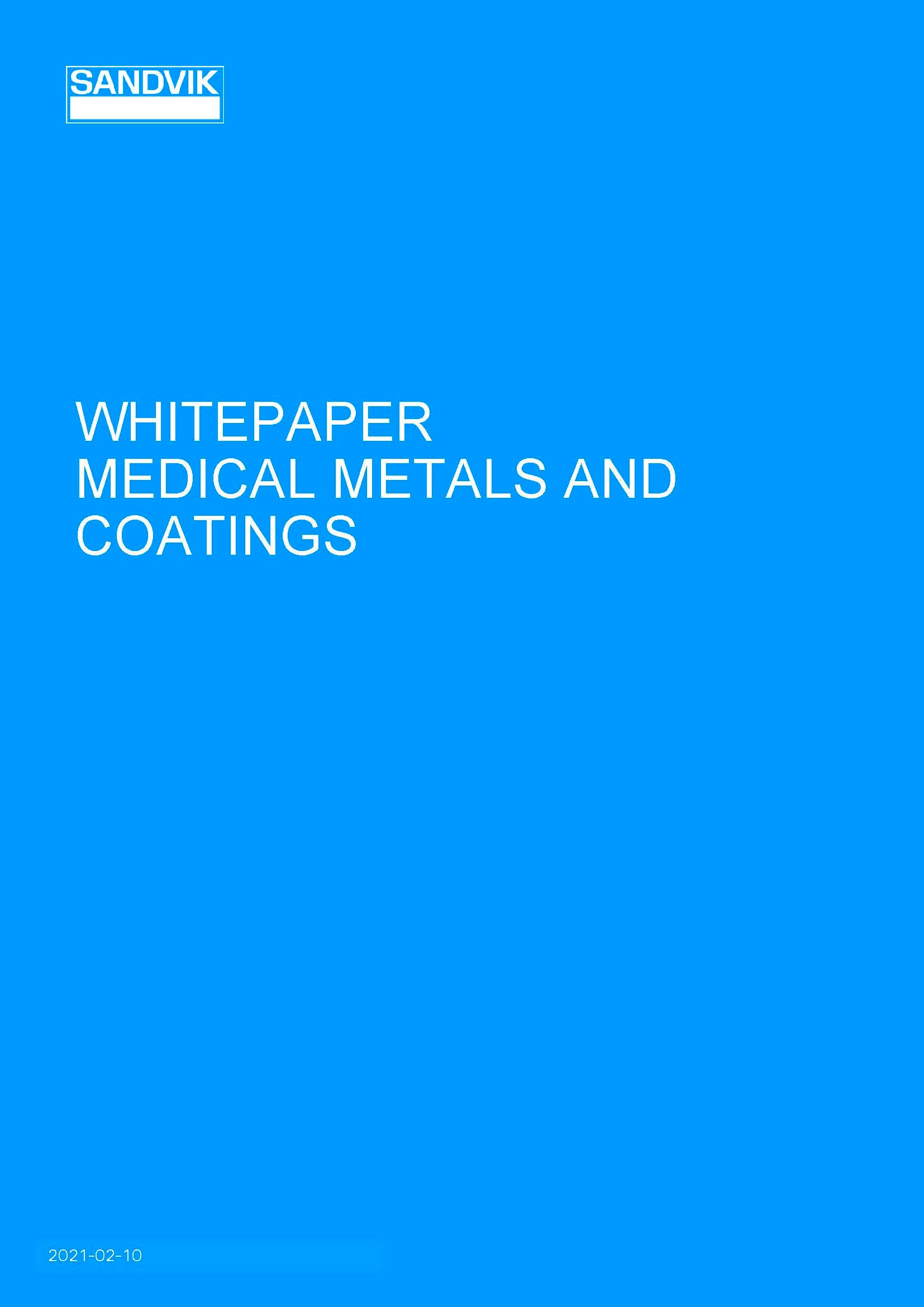
Deep brain stimulation (DBS) has been proven to be effective for helping to control disabling neurological symptoms, such as motor symptoms associated with Parkinson’s Disease. DBS treatment involves a medical device called an implantable pulse generator (IPG), which delivers electrical stimulation to electrodes implanted in specific areas of the brain that control movement in order to block abnormal nerve signals that lead to symptoms. The DBS system is comprised of electrodes that are inserted through a small opening in the skull and the impulse generator, which are connected by ultra-fine insulated conductive wires.
Spinal cord stimulation (SCS) has a similar structure to DBS, consisting of an electrical pulse generator, electrodes and connecting wires, as well as a remote to control the input parameters of the pulse. SCS is most commonly used for pain management, as the electrical pulses can modify and mask the pain signal before it reaches the brain.
Sandvik manufactures ultra-fine high-quality wires for use in DBS and SCS devices that are both highly durable and conductive. From its extensive range of stainless steel, precious metals and CoCr alloys, as well as coatings and surface treatments, Sandvik works closely with customers to configure medical wire components that are perfectly calibrated for deep brain stimulation and spinal cord stimulation applications.
According to Sandvik specification sheets, commonly suggested wire material for DBS and SCS applications are the Sandvik platinum-iridium alloys (Sandvik Pt10Ir and Sandvik Pt20Ir), which offer excellent biocompatibility, along with radiopacity, moderate strength and good formability. To maximise fatigue strength for implantable devices, these platinum-iridium alloys are delivered with the highest surface finish (Medical class).
For the insulated coating, Sandvik offers PTFE synthetic fluoropolymer coating, with coating thickness ranging from 0.00127mm to 0.0127mm that meet NEMA and JIS standards.
For more information about EXERA fine medical wire-components, including available materials and surface treatments, download the white paper below.



